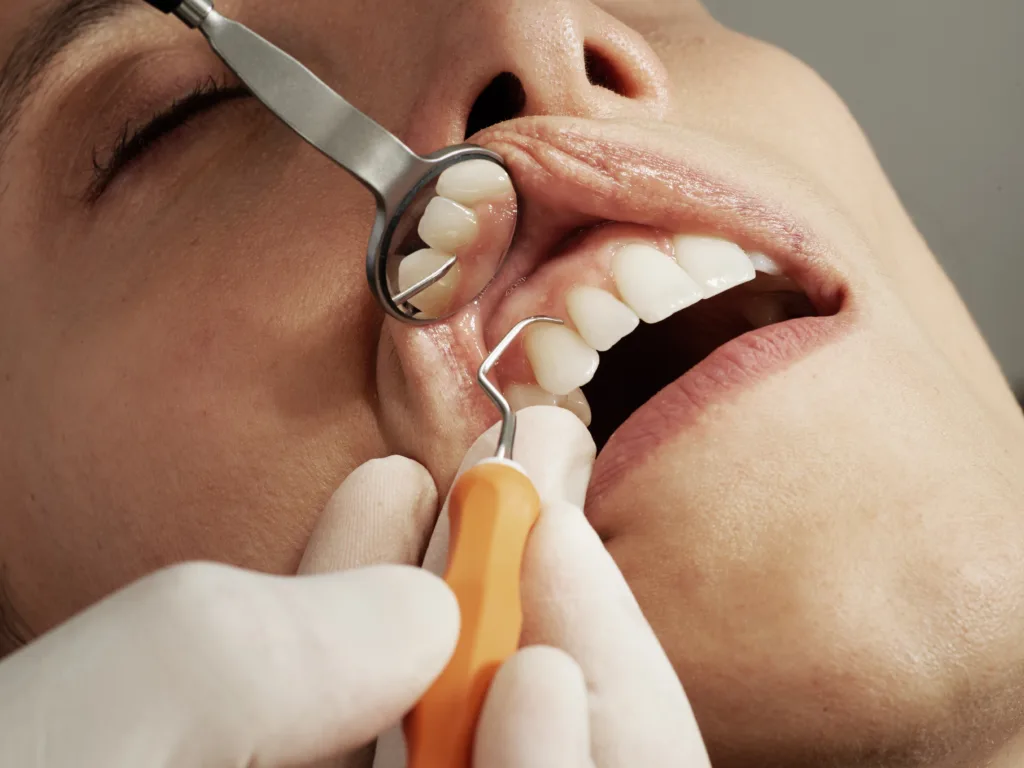Perforating fibers, also known as Sharpey’s fibers, are a type of collagenous fiber that play an important role in the attachment of tendons, ligaments, and teeth to bone. These fibers were fist described by William Sharpey in the 19th century, and are named in his honor.
Perforating fibers are primarily found in the bones of the skull, where they help to join the bones together by forming the connective fibers of the sutures. They also play a key role in anchoring teeth to the jaw by forming the terminal ends of the periodontal ligament, which anchors the cementum to the periosteum of the alveolar bone.
In addition to their role in tooth and bone attachment, perforating fibers are also found in other types of bone, particularly at the sites of muscle or tendon attachment. In these locations, the fibers help to hold tendons and ligaments in place by anchoring them to the periosteum of the bone.
Perforating fibers are made up of bundles of collagen fibers that penetrate the bone and cross the matrix lamellae. These fibers are particularly abundant in the alveolar socket of the teeth, where they form a dense network that helps to hold the tooth in place.
The importance of perforating fibers in bone and tooth attachment has been recognized for many years, and researchers continue to study their structure and function in order to better understand their role in the body. Studies have shown that changes in the structure or function of these fibers can lead to a range of health problems, including tooth loss and bone fractures.
Perforating fibers are an important component of the body’s connective tissue, playing a key role in bone and tooth attachment. Their unique structure and function make them a subject of ongoing research and study, as scientists seek to better understand their role in maintaining the health and integrity of the body’s skeletal system.
What Is The Function Of The Perforating Fibers?
The perforating fibers, also knon as Sharpey’s fibers, serve several important functions in the human body. Primarily, they help anchor the teeth into the jaw by forming the terminal ends of the periodontal ligament. This ligament connects the cementum of the tooth to the periosteum of the alveolar bone, providing stability and support for the tooth.
In addition to their role in tooth anchorage, perforating fibers also play a crucial role in the structure of the skull. They help join the bones of the skull together by forming the connective fibers of the sutures. This is important for maintaining the shape and integrity of the skull, as well as protecting the brain.
The perforating fibers are essential components of the human body, providing support and stability for both teeth and the skull.

What Do Sharpey’s Fibers Do Quizlet?
Sharpey’s fibers, also known as collagenous fibers, serve the function of anchoring the inner layer of the periosteum to the bone. These fibers penetrate the bone and help to attach tendons and ligaments to the periosteum of bones. They are quite strong and provide a secure anchor point for these connective tissues. It’s important to note that Sharpey’s fibers do not attach muscles to bones, but rather tendons and ligaments. Sharpey’s fibers play a crucial role in maintaining the structural integrity of bones and their connections to other tissues in the body.
Where Are Sharpey’s Fibers Located?
Sharpey’s fibers are located in the alveolar socket of the teeth. These delicate optical features, also known as “perforating fibers,” cross matrix lamellae and are particularly abundant in this area (Sharpey et al., 1867).
Are Sharpey’s Fibers Tendons?
Sharpey’s fibers are not tendons, but they are closely related to tendons. Tendons are fibrous connective tissues that attach muscles to bones, while Sharpey’s fibers are also fibrous connective tissues that anchor bones to ligaments or othr bones. Sharpey’s fibers are typically found at the attachment sites of muscles or tendons in the postcranial skeleton. These fibers are composed of collagen, which makes them strong and resistant to stretching. They play an important role in providing stability and support to the bone and joint structures. while Sharpey’s fibers are not tendons, they are a type of fibrous connective tissue that serves a similar anchoring function in the body.
Conclusion
Perforating fibers, also known as Sharpey fibers, are an essential component of the connective tissues that anchor bones, ligaments, and tendons together. These collagenous fibers penetrate the bone and help to anchor the innr layer of the periosteum to the bone, forming the connective fibers of the sutures. While they are most commonly associated with the anchorage of teeth to the periodontal ligament, they are also present in other types of bones, particularly in the postcranial skeleton where they are found at the muscle or tendon attachment sites. These delicate fibers play a crucial role in providing stability to the skeletal system and ensuring that the body can move and function properly.
